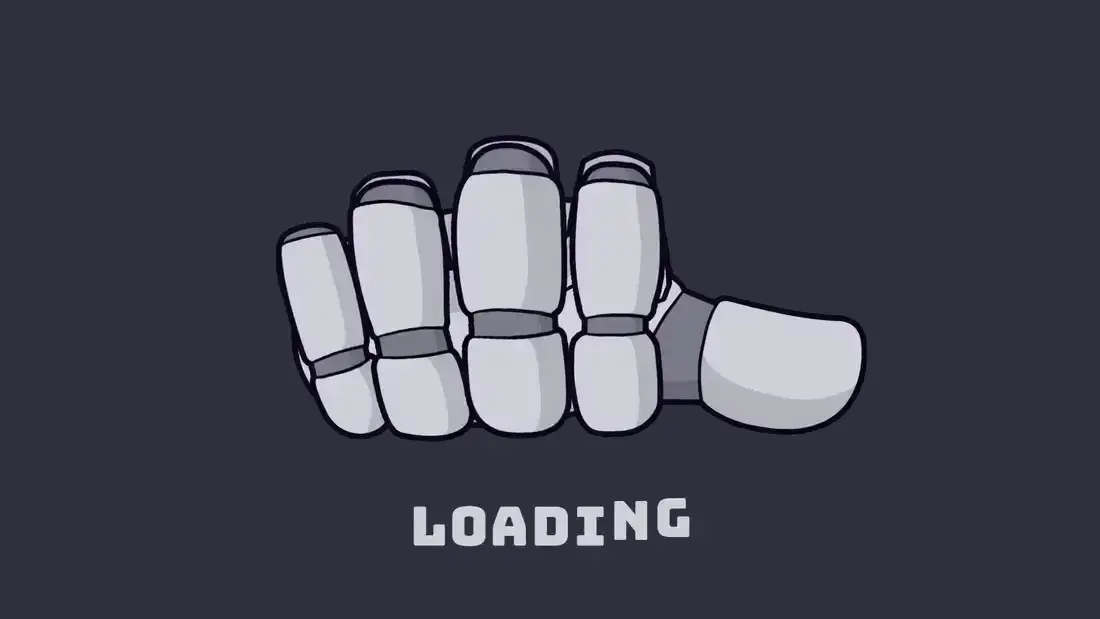▼ Latest
Constructivecriticism
Free mode
100% free
Freemium
Free Trial
Other tools
-
 Your AI writing coach for expert, motivating feedback.Open3064Released 6mo ago100% Free
Your AI writing coach for expert, motivating feedback.Open3064Released 6mo ago100% Free -
1252128Released 1y ago100% Free
-
 AI-powered vector art for Critical Political Economy themes.Open46109Released 5mo ago100% Free
AI-powered vector art for Critical Political Economy themes.Open46109Released 5mo ago100% Free -
981518Released 1y ago100% Free
 Liam Therrien🙏 17 karmaJul 7, 2025good review generator. single or multiple reviews, pretty convenient.
Liam Therrien🙏 17 karmaJul 7, 2025good review generator. single or multiple reviews, pretty convenient. - Spotlight: Jason AI (Sales)
-
1623538Released 9mo ago100% Free
-
1943225Released 7mo ago100% Free
-
1763339Released 1y ago100% Free
-
351715Released 1mo ago100% FreeWOW!! i was left speechless, this is absolutely phenomenal, it creates pieces of art unlike anything i’ve ever seen before. great job!!!
-
1343Released 1mo ago100% Free
-
341513Released 7mo ago100% Free
-
532921Released 6mo ago100% Free
-
1,310310250Released 9mo ago100% Free
- Didn't find the AI you were looking for?
-
 Create dramatic charcoal portraits with AI artistry.Open671913Released 6mo ago100% Free
Create dramatic charcoal portraits with AI artistry.Open671913Released 6mo ago100% Free -
2033444Released 11mo ago100% Free
-
13175Released 5mo ago100% FreeArtist Tips for Better Results with Somnira Canvas: To help Somnira Canvas render the most compelling and emotionally resonant figures—whether human or animal—users are encouraged to guide the tool with poetic, suggestive phrasing rather than highly technical descriptions. This helps maintain harmony with the platform’s expressive strengths. For human figures, try emotion-based posture phrases like “curled in sorrow,” “reaching toward a fading light,” or “kneeling in wind.” Favor mood-based modifiers over anatomical specifics, such as “a silhouette bathed in dusk” or “a quiet figure in motion blur.” For animals, use mythic or metaphorical phrasing like “a fox made of stars,” “a deer outlined in frost,” or “a lion woven from dusk and gold.” Avoid strict biological realism unless intentionally stylized (e.g., “cubist owl,” “ink-drawn heron”). Best practices include specifying camera perspective or body angle with terms like “3/4 view,” “top-down shot,” or “over-the-shoulder,” and adding atmospheric cues such as “drifting in chalk mist,” “outlined by candlelight,” or “carved in shadow.” You can also add emotion-based tags directly into the prompt—words like “longing,” “grief,” “stillness,” or “wonder” will guide the aesthetic and expressive qualities of the final artwork.
Post





